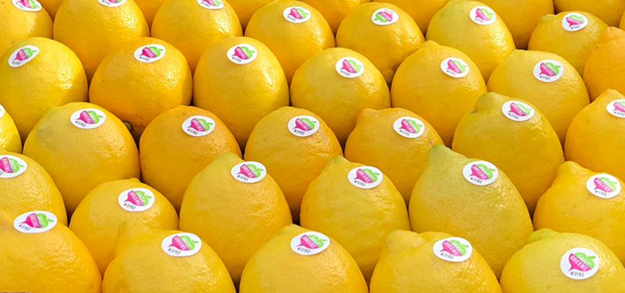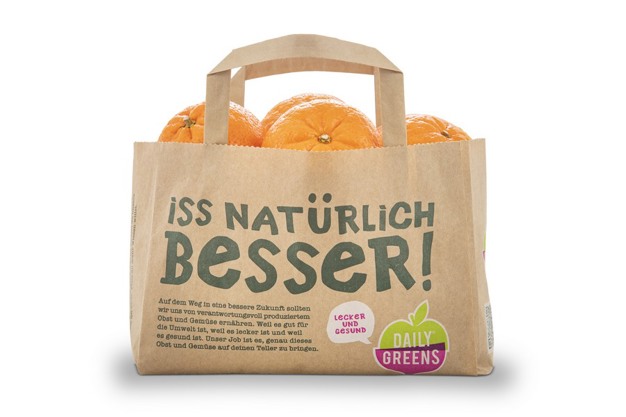The clementine season is underway with the supply of increasingly more varieties, such as the Marisol, whose harvest started a few days ago and for which there is a really good demand. "Around 3-4 weeks ago we started with the Satsuma, and although the Spanish season has started while some volumes of overseas Nadorcott are still available at a very competitive price, the prices of the Spanish Satsuma have reached higher levels than we had seen in years," says Adnan Pervez, of Greenfood Ibérica.
"We'll still have Satsuma until the end of November, and the demand for clementines is starting to rise in the Scandinavian countries. In fact, we are selling all the volumes we are harvesting very easily."
"As far as lemons are concerned, Spain will record a 20% drop in the production this season. The campaign started with very high prices due to the lower supply of fruit from overseas; however, Turkish lemons will soon start to arrive and the market price should then fall."
"A few days ago, we have seen overseas lemons being sold for more than 30 Euro/100 kilos in the Netherlands, and some days later we've already found lemons offered for 18-19 Euro. We understand that, after having suffered some losses last year, the Spanish are keeping the price up for as long as possible, and in the coming weeks we will see if that is going to be possible."
"Regarding sizes, medium ones predominate due to the lack of water and the high temperatures this year, but this isn't causing any problems, because large sizes are still available. We are shipping size 50 lemons to Finland, which is what Finnish consumers demand, while sizes 70 and 80 are going to Denmark and Sweden," says Adnan. "Besides, smaller sizes, such as the 120, are selling very well for their distribution in meshes."

"Spain's great advantage is that its citrus fruits, including lemons, offer a guarantee of food safety and are not subject to phytosanitary interceptions, as is the case with Turkey, for example. It is a reality the market is price-oriented, especially if we are talking about the wholesale market, but retailers tend to work with certifications, focusing on food safety, and the Spanish production is appreciated in this regard."
"In fact, we are also seeing this with oranges," says Adnan. "Last year, there was a large supply of low-priced Egyptian oranges in Europe and, in general, we all had a lot of problems marketing oranges from Spain. We don't know yet what will happen this season, but we have already heard from very important clients that they have not closed any programs with Egypt and that they are going to try keeping Spain as their main supplier."

"At Greenfood Ibérica, we have already closed many more programs for oranges this year than in the previous one, and even clients who had been working with Egypt have switched to doing programs with Spanish fruit this year."
"The whole of northern Europe is focused on food safety and retailers trust suppliers with certifications for their programs. That is why, nowadays, if you want citrus that guarantees food safety, good quality and reliability, you have to buy from Spain, without a doubt."

 For more information:
For more information:
Greenfood Ibérica
Avda. Catalunya, 33-35
17253 Mont-ras Girona, Spain
Tel.: +34 972 636 559
https://greenfoodiberica.es
